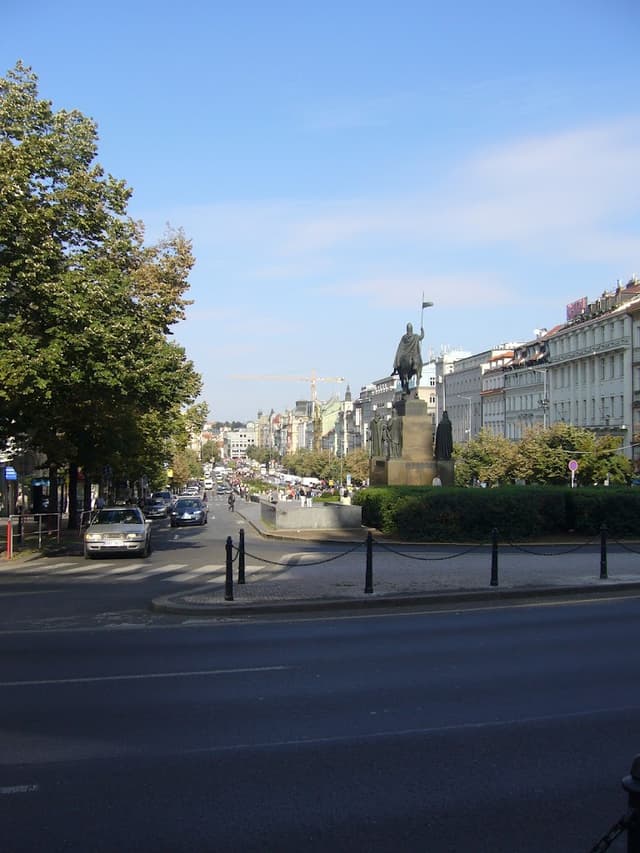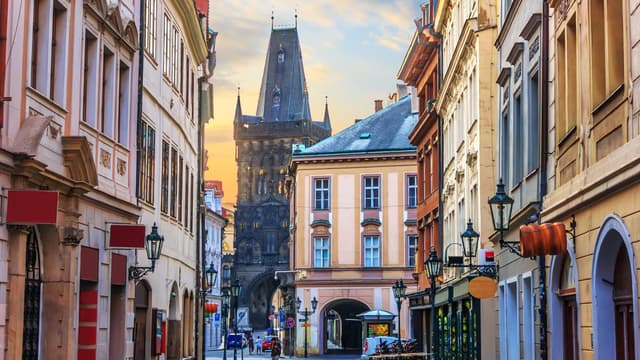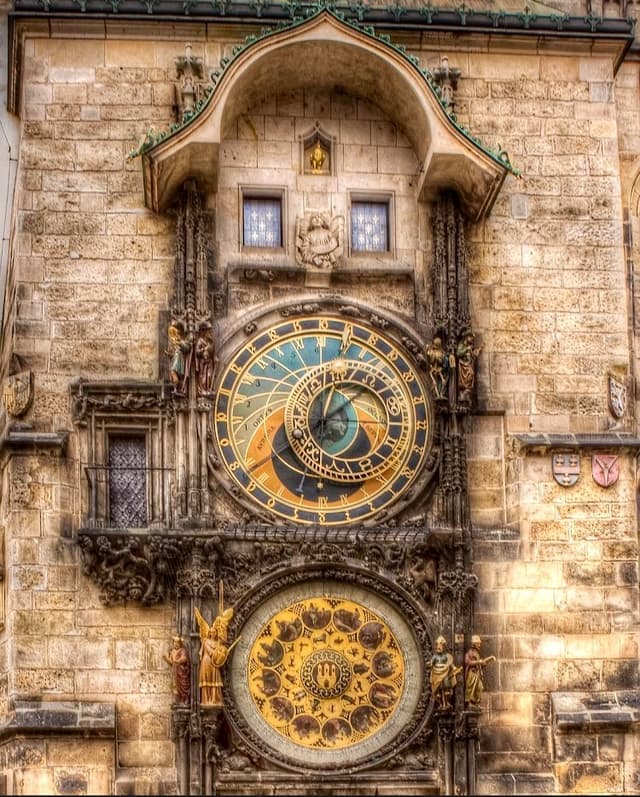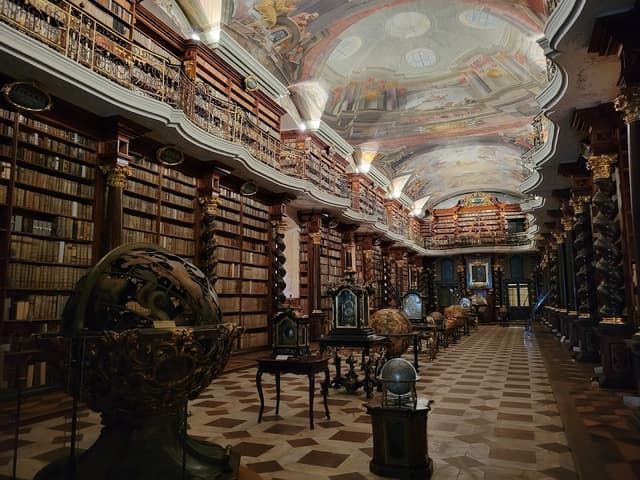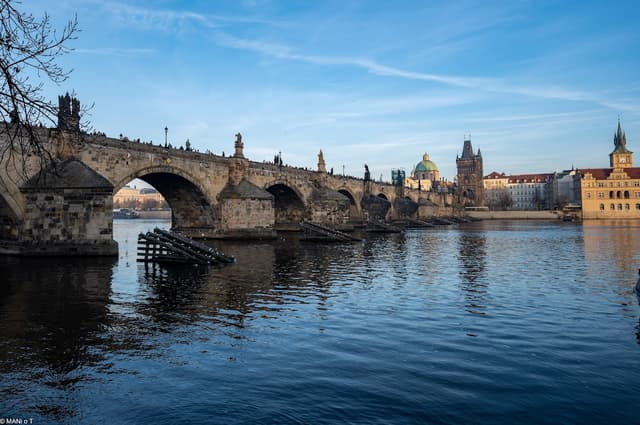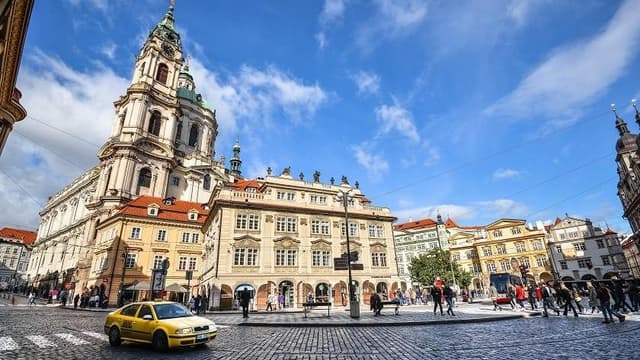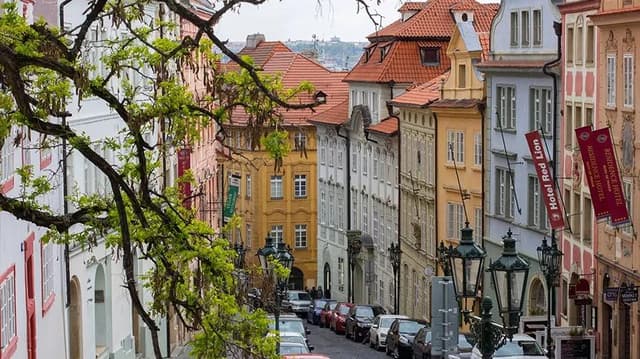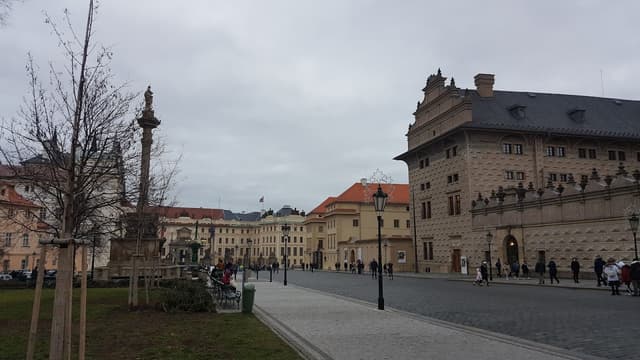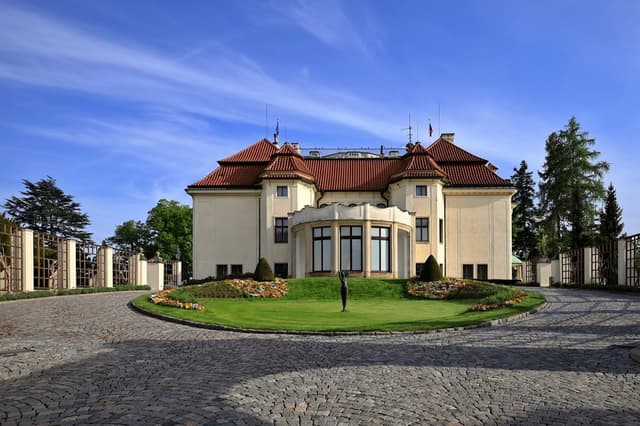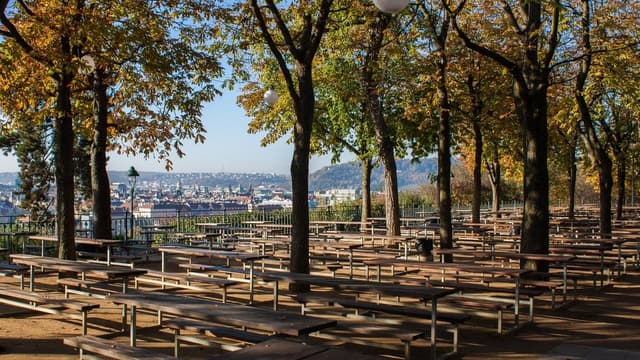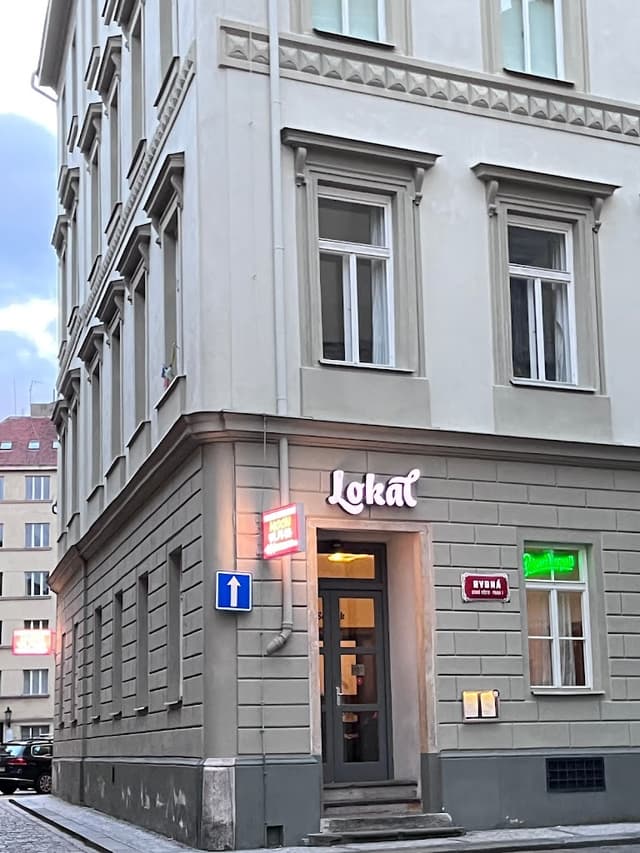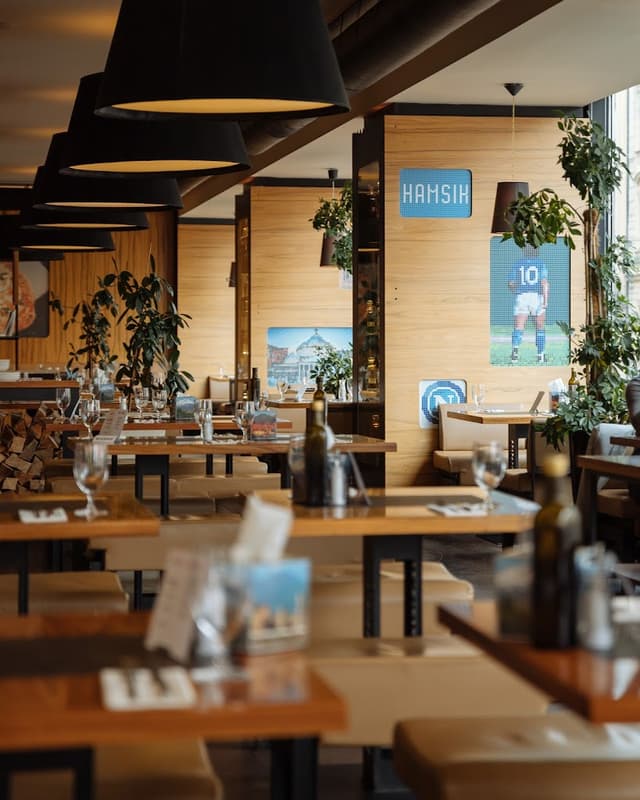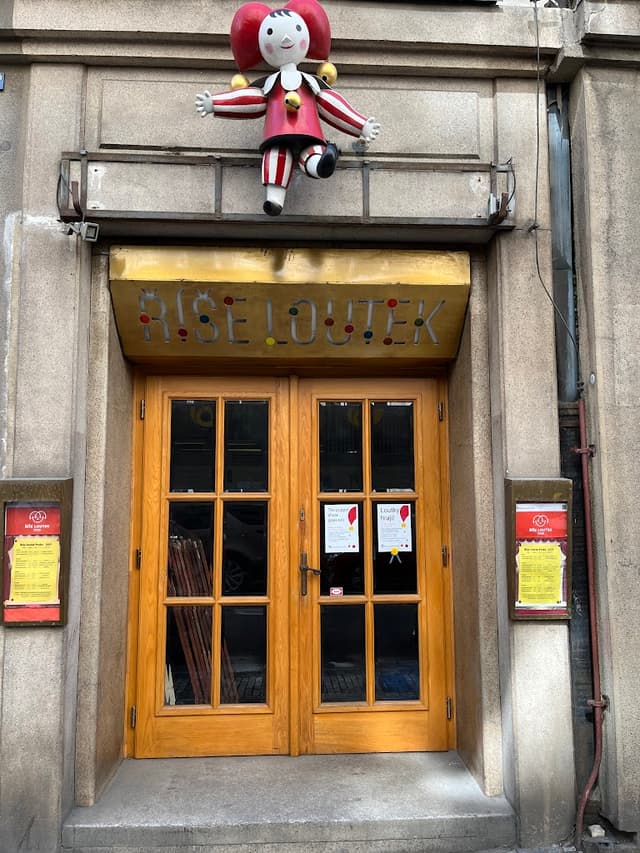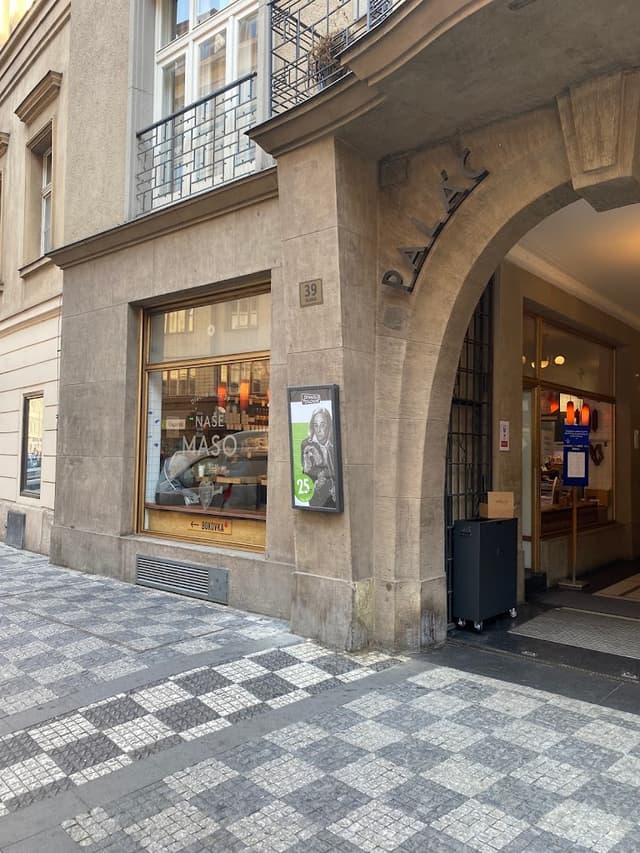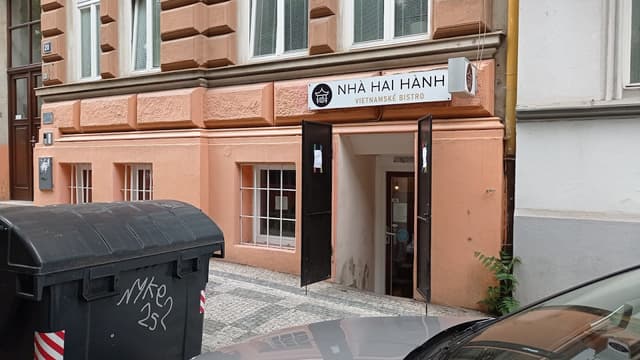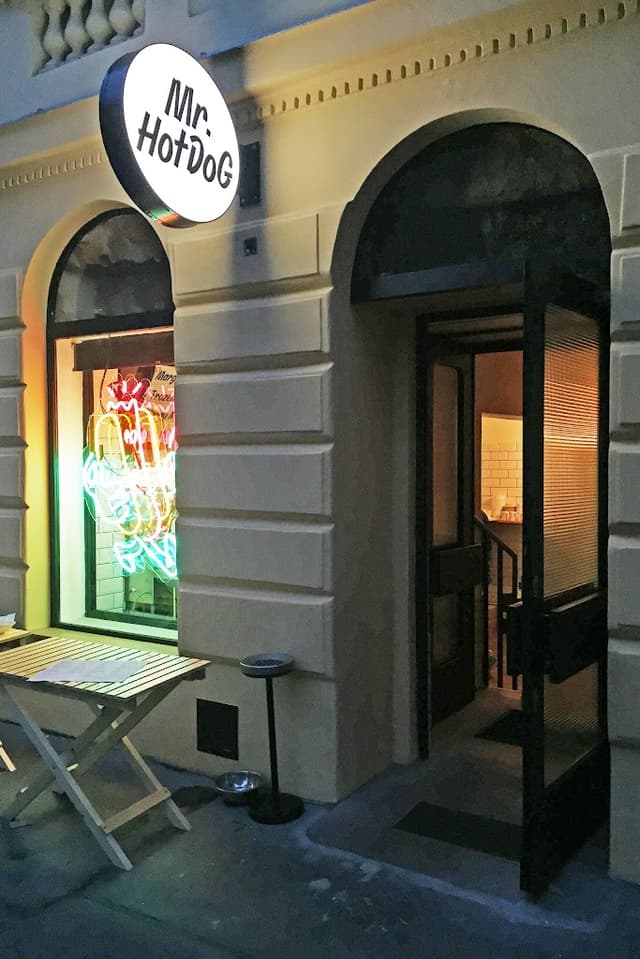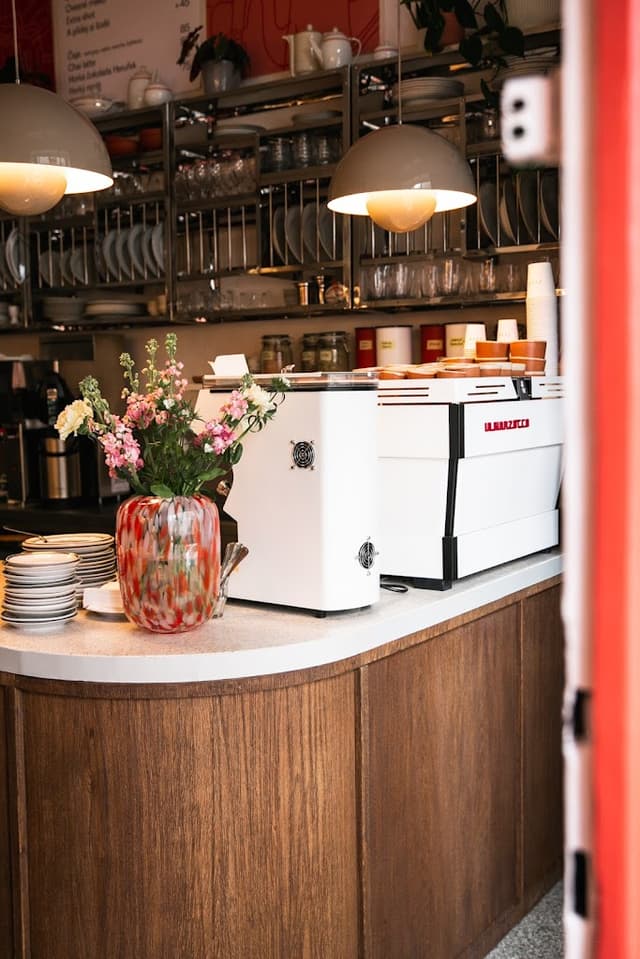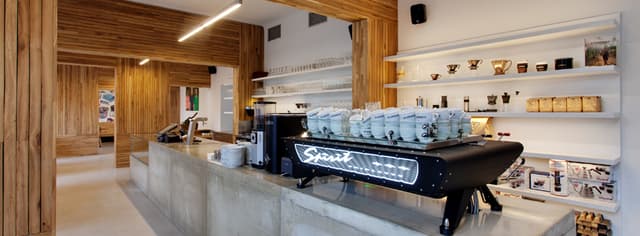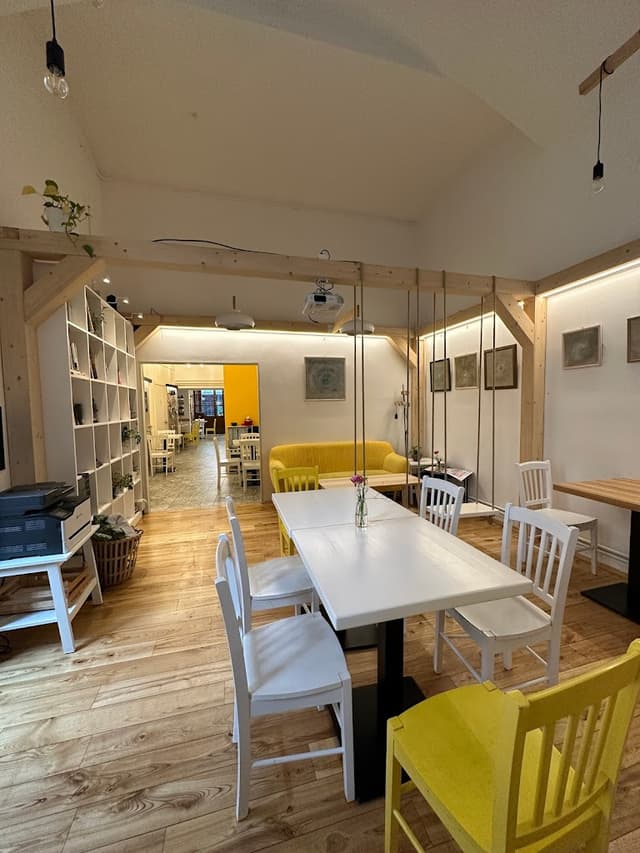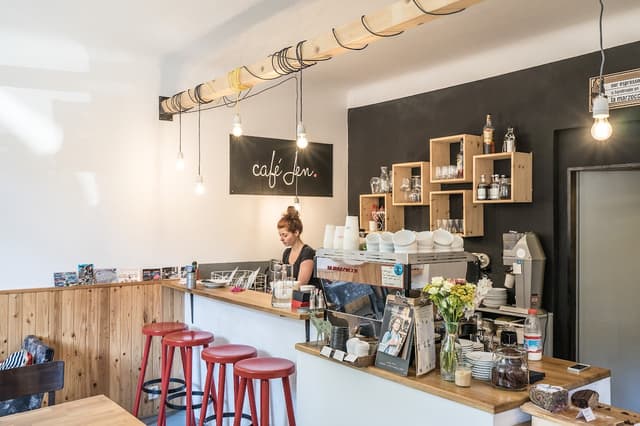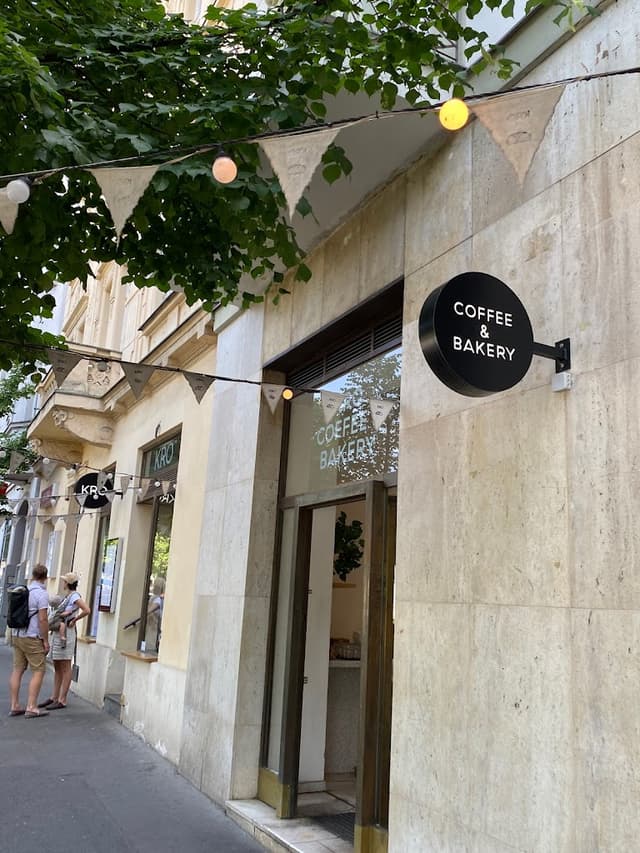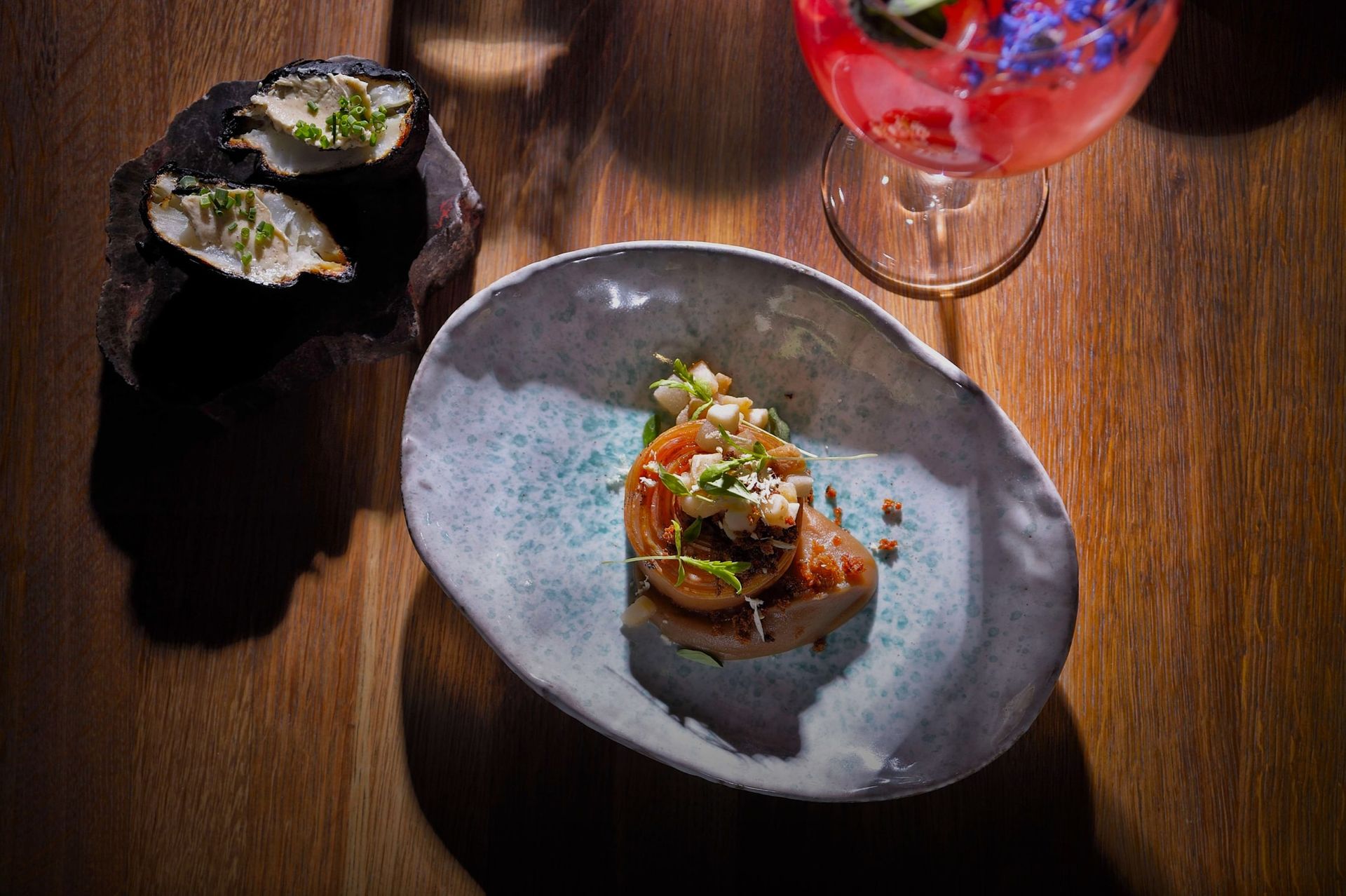What should I see?
Since this is a one-day guide to Prague, the places listed below are both the main tourist spots, but also those that are not mentioned in the tourist guides. So you can actually feel the local atmosphere. The route is made as a circular walk, but it is possible to use a public transport between places listed below.
Let's get started!
Václavské náměstí
Wenceslas Square
@annadukov
You are currently standing on the main square in Prague. At the top of the square there is the National Museum, below there is a statue of St. Wenceslas on a horse (a popular meeting spot).

Details
Prašná brána
Prašná brána
@annadukov
If you want to look around the surroundings from the top of this Gate, you have to climb 186 stone steps. The Gate itself is 65 meters high.

Details
Celetná ulice
Celetná
@annadukov
Celetná Street is an important street in Prague that leads through the Old Town of Prague from the Old Town Square to the former King's Court (today the Municipal House stands here) to Prašná Brána. This is the first part of the Royal Route leading to the Prague Castle. The street is approximately 400 meters long. Nowadays there are many souvenir shops.

Details
Staroměstské náměstí
Old Town Square
@annadukov
The most important square of historic Prague was created in the 12th century and witnessed many historical events.
Next to the Old Town Hall and the Church of the Matky Boží před Týnem, the square is dominated by the Baroque Church of St. Nicholas, the Rococo Kinsky Palace, the Gothic City Palace House U Kamenné zvonu and the monumental monument of Master Jan Hus. It is the place of execution of 27 Czech lords in 1621 and the Prague meridian are marked in the pavement of the square.

Details
Pražský orloj
Prague Astronomical Clock
@annadukov
The Prague Astronomical Clock is decorating the facade of the Old Town Hall since 1410. A special stone annex was built for it on the south side of the town hall tower, in which the entire mechanical system was stored. The clock is made up of several parts – in addition to the astronomical and calendar plate, it is equipped with a mechanism of twelve apostles who appear in two small windows every hour (9:00 a.m. - 11:00 p.m.).
During the parade of the apostles, other figures on the sides of the clock also come to life with mechanical movement – Death rings the bell, turns the hourglass and indicates to the Turk standing next to him that his time is up. He shakes his head dismissively.

Details
If you decided to walk through the city, from the Staroměstské náměstí you can go through inner block of Klementinum and maybe stop for a guided tour in the National library.
Klementinum
Klementinum
@annadukov
The monumental building complex Klementina, the second largest complex in Prague after Prague Castle, has always been a lively center of education and culture. The National Library has been located in the area for over two hundred years. The most valuable manuscripts and all books published since 1807 in Bohemia are kept here.

Details
Karlův most
Charles Bridge
@annadukov
The oldest bridge in Prague was founded in 1357 by Charles IV, and was completed in 1402. The bridge is built of sandstone blocks and is fortified on both sides by towers (Malostranské bridge towers, Staroměstská bridge tower). It is said that while building this bridge workers used eggs to make it more solid.
From 1683 to 1928, 30 statues of saints were installed on the pillars of the bridge, the most famous of which is the statue of St. John of Nepomuck (M. Braun, F. M. Brokof).

Details
Malostranské náměstí
Malostranské náměstí
@annadukov
The square with a number of historic houses and palaces is made up of two parts, which are connected by the dominant feature of the whole area - the church of St. Nicholas. It is one of the most attractive tourist spots in Prague and is part of the Royal Route.

Details
Nerudova ulice
Nerudova
@annadukov
Nerudova Street leads from Malostranské náměstí to the gates of Prague Castle. At its upper end, the Town Hall stairs connect. It was once the main road leading to the Castle, part of the Royal Road. It belongs to the most beautiful baroque streets in the city, there are a number of baroque palaces and many two-story houses with interesting facades. Historical portals of houses, ancient decorated doors and, above all, historical house signs are interesting.

Details
Hradčanské náměstí
Hradcany Square
@annadukov
The square is made up of a number of historic houses and palaces. It adjoins the 1st castle courtyard and the western entrance gate of Prague Castle. On the south there is a viewing terrace or Castle ramp with a wonderful view of Prague.

Details
Pražský hrad
Prague Castle
@annadukov
Prague Castle is the most important Czech castle standing on a rocky promontory above the Vltava River in the center of Prague. From the 9th century it used to be the seat of Czech princes, later kings, and since 1918 it has been the seat of the president of the republic. Twice in history it became the main residence of the Holy Roman Emperor.

Details
Kramářova vila
Kramář's Villa
@annadukov
The Neo-Baroque villa with typical Art Nouveau elements and 56 rooms, which was built between 1911 and 1914 by the politician and first Czechoslovak Prime Minister Karel Kramář, is considered one of the most distinctive buildings of Prague villa architecture. Since 1998, the villa with its unique interiors and surroundings arranged like a French park has been the residence of the Prime Minister of the Czech Republic.

Details
Pražský metronom
Prague Metronome
@annadukov
The twenty-five meter high metronome has been standing on Letná since 1991. It symbolizes the inexorable passage of time. The author of the metronome, the Czech sculptor Vratislav Karel Novák, called it the Time Machine. It is a kinetic sculptural object, the installation of which was originally intended to be only temporary. In the end, however, the metronome and Letna became inextricably linked.

Details
Letenské sady
Letná Park
@annadukov
One of the most beautiful views of Prague can be found from this park. There is also a beer garden where you can taste typical Czech beer.

Details
Židovská čtvrť
Prague Jewish Quarter
@annadukov
The municipal district of Josefov is the smallest cadastral territory of Prague that surrounds the Old Town. Until 1850, Josefov was called the Jewish Town, even earlier this part was called the Jewish Ghetto. Today it is a well-preserved complex of important Jewish monuments of European importance.

Details
Where should I eat?
Ambiente restaurants

Details

Details

Details
Naše maso
Great place to just grab something to go.

Details
Maybe you are in a mood for Asia cuisine?

Details
Or American?

Details
Coffee first!

Details

Details

Details

Details

Details

Details

Details

Details
* * *

